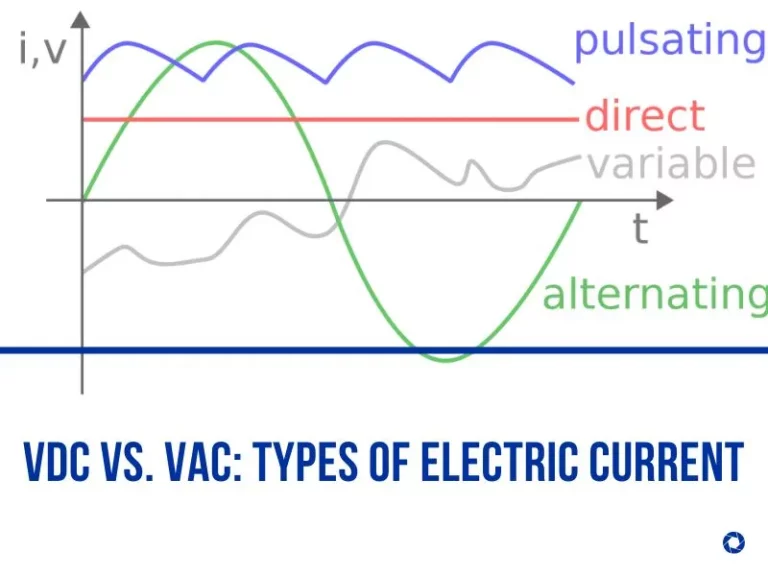Discover the Least Conductive Electrical Materials
Looking for the least conductive electrical materials to use in your project? Electrical conductivity is the ability of a material to conduct electricity and is measured in Siemens per meter (S/m).
This article will explore the different types of least conductive electrical materials, the benefits of using them, and the factors to consider when choosing the poorest conductor.
Types of Least Conductive Electrical Materials

When selecting materials for electrical applications, it’s important to consider their conductivity properties. Generally speaking, there are two main categories of materials to consider: non-metallic and metallic materials.
Non-metallic materials, such as glass, rubber, and plastic, are typically the least conductive of electricity. These materials have extremely low electrical conductivity, making them ideal for electrical insulation. They are often used in the construction of electrical wiring and other components to protect against electrical leakage and short-circuiting.
Metallic materials with poor electrical conductivity are those that have a low electrical conductivity compared to other metals. Some examples include:
Nickel
With an electrical conductivity of around 6% IACS, nickel is a poor conductor of electricity compared to copper or aluminum. It is still used in some electrical applications such as in nickel-cadmium batteries.
Lead
Lead has an electrical conductivity of around 4% IACS and is not widely used in electrical applications due to its toxicity and the fact that it is a poor conductor of electricity.
Tin
Tin has a conductivity of around 4% IACS, and while it is used in some electrical applications such as tin-plating of copper wire to improve corrosion resistance, it is not commonly used as an electrical conductor.
Zinc
Zinc has a conductivity of around 5% IACS, and it is not widely used in electrical applications due to its poor conductivity.
It’s worth noting that these materials are still able to conduct electricity to some degree, but they are not as efficient as materials such as copper, aluminum or silver. The choice of material for electrical applications depends on the specific requirements, such as cost, durability, weight and other factors.
rlc talk
Advantages of Using Least Conductive Electrical Materials
When it comes to electrical materials, using the least conductive materials is essential for a variety of reasons. This type of material can provide a number of benefits, such as reduced electrical losses, improved safety, and cost savings. Let’s take a closer look at each of these benefits.
Reduced Electrical Losses
One of the main benefits of using least conductive electrical materials is that it can reduce electrical losses.
Electrical losses occur when energy is lost due to the resistance of the material. By using materials with lower electrical conductivity, you can reduce the amount of energy lost. This can help to increase the efficiency of your electrical system and save you money in the long run.
Improved Safety
Another benefit of using least conductive electrical materials is that it can improve safety. Materials with higher electrical conductivity can create more heat, which can lead to fires or other dangerous situations. By using materials with lower electrical conductivity, you can reduce the risk of fires and other safety hazards.
Cost Savings
Finally, using least conductive electrical materials can also help you save money. Since these materials are less likely to create heat, they require less energy to operate. This can lead to lower energy bills and overall cost savings.
As you can see, there are a number of benefits to using least conductive electrical materials. By using these materials, you can reduce electrical losses, improve safety, and save money. So, if you’re looking for a way to make your electrical system more efficient and cost-effective, using least conductive materials is a great option.
Factors to Consider When Choosing Poor Electric Conductors

When choosing the least conductive electrical materials, there are a few factors to consider. Resistance, temperature, and voltage are all important considerations when selecting the poorest conductor. Let’s take a closer look at each of these factors.
Resistance
Resistance is a measure of how difficult it is for electricity to flow through a material. The lower the resistance, the better the conductor. When selecting the poorest conductor, it’s important to consider the resistance of the material.
For example, metals like copper and aluminum are good conductors because they have low resistance. On the other hand, non-metallic materials like rubber and plastic have higher resistance and are poorer conductors.
Temperature
Temperature is another important factor to consider when selecting the poorest conductor. Materials that have high resistance at low temperatures may have lower resistance at higher temperatures.
This means that the material may become a better conductor as the temperature increases. For example, rubber is a poor conductor at room temperature, but its resistance decreases as the temperature increases.
Voltage
Voltage is the amount of electrical potential between two points. When selecting the poorest conductor, it’s important to consider the voltage of the material. Materials with higher voltage are better conductors than materials with lower voltage. For example, copper has a higher voltage than aluminum, so it is a better conductor.
When selecting the poorest conductor, it’s important to consider all of these factors. Resistance, temperature, and voltage all play a role in determining the best material for the job.
Least conductive electrical materials offer significant advantages in terms of reduced electrical losses, improved safety, and cost savings. When selecting a material, it is important to consider factors such as resistance, temperature and voltage.
Researching different materials and comparing their electrical properties is the best way to determine the poorest conductor. For projects that require the use of least conductive materials, consulting with experts can help ensure the most satisfactory outcomes.
The Rainbow of Solder Mask Colors: Which is Right for Your PCB?
rlc talk







